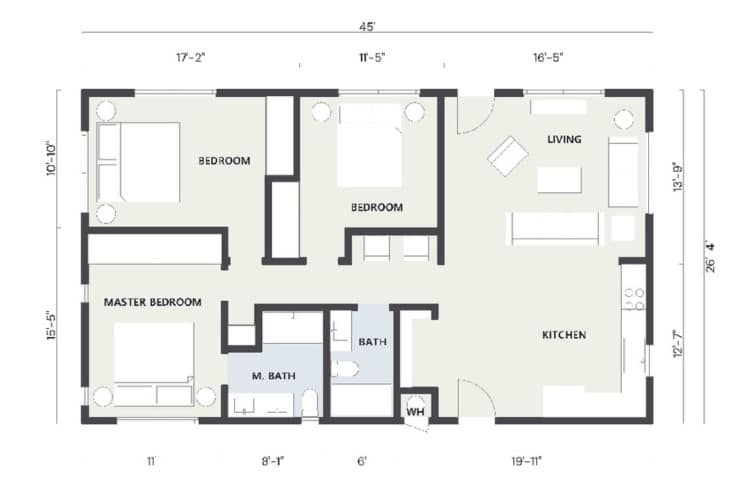Comprehensive Family Guide to Building an ADU on Parents’ Property in San Diego
15 min read
Building an ADU on your parents’ San Diego property can boost your home value and give aging family members their own safe space. Smart financing (like using a HELOC) and clear estate planning keep things simple and stress-free for everyone involved.

Understanding ADUs for Family Planning
Accessory Dwelling Units (ADUs) are becoming a go-to solution for San Diego families navigating housing challenges like aging parents and rising costs. By building a compact but comfortable home right in the backyard, families can easily manage caregiving, boost their home’s worth, or generate extra monthly income. Before diving in, it helps to understand exactly how an ADU supports these family-focused goals.
What is an Accessory Dwelling Unit (ADU)?
An Accessory Dwelling Unit (ADU) is a secondary housing structure built on the same property as a primary home, typically intended for independent living. ADUs are commonly known as:
- Granny flats
- In-law units
- Backyard cottages
- Secondary suites
- Guest houses
According to the American Planning Association: “Accessory Dwelling Units are increasingly popular because they offer flexible solutions for families needing to care for aging parents or seeking additional rental income while maximizing their existing property’s potential.”
Why do families build ADUs?
Families typically build ADUs to achieve three primary objectives:
- Housing for Aging Parents: ADUs enable elderly parents to remain independent while having family support nearby, reducing isolation and providing peace of mind.
- Generating Rental Income: When not used for family purposes, ADUs can serve as rental units, generating additional monthly income and offsetting property expenses.
- Increasing Property Value: ADUs add significant market value to a property, making it a smart long-term financial investment, especially in competitive real estate markets.
A California Assembly report cited by AARP found that 84% of homeowners over 50 would consider building an ADU to house an aging or dependent family member. Additionally, AARP surveys show that 78% of adults aged 50+ prefer to stay in their home or community as they age.
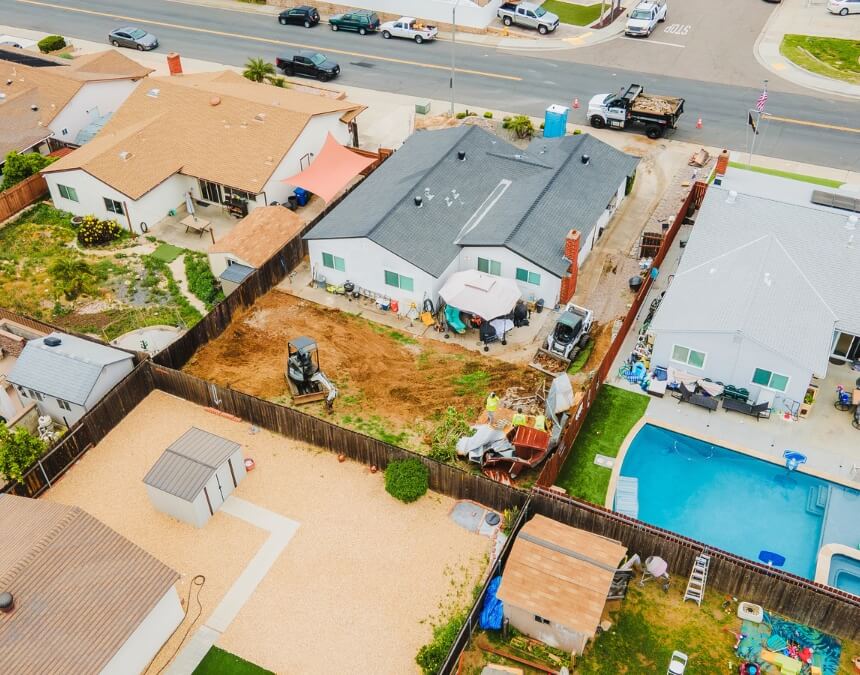
Before you build, evaluate lot placement and zoning—backyard ADUs often require setbacks and easement checks.
What to keep in mind when building an ADU for Family Members
When building an ADU specifically for family members, it’s important to balance everyone’s needs—including privacy, accessibility, and potential rental income. Thoughtful planning can enhance your home’s value and offer flexibility as family dynamics evolve. Here’s what to consider to make sure your ADU works for everyone involved.
How Does an ADU Help Aging Parents Maintain Independence?
Building an ADU on your property allows aging parents to maintain their independence in a comfortable, personalized living space, while staying close enough to receive family support when needed. ADUs provide a balance between autonomy and immediate assistance, allowing seniors to age in place safely.
According to AARP, “87% of adults aged 65+ prefer staying close to family while retaining independence in their own living spaces.”
Proximity to Family Improves Quality of Life:
- Reduces feelings of isolation and loneliness.
- Ensures rapid assistance during medical or personal emergencies.
- Strengthens emotional connections between generations.
What Essential Considerations Should Families Keep in Mind?
When designing an ADU for aging parents, prioritize:
- Safety: Install non-slip floors, handrails, adequate lighting, and security systems.
- Accessibility: Include step-free entries, wider doorways, ramps, and wheelchair-friendly spaces.
- Independence: Provide private spaces for cooking, living, and sleeping, ensuring dignity and autonomy.
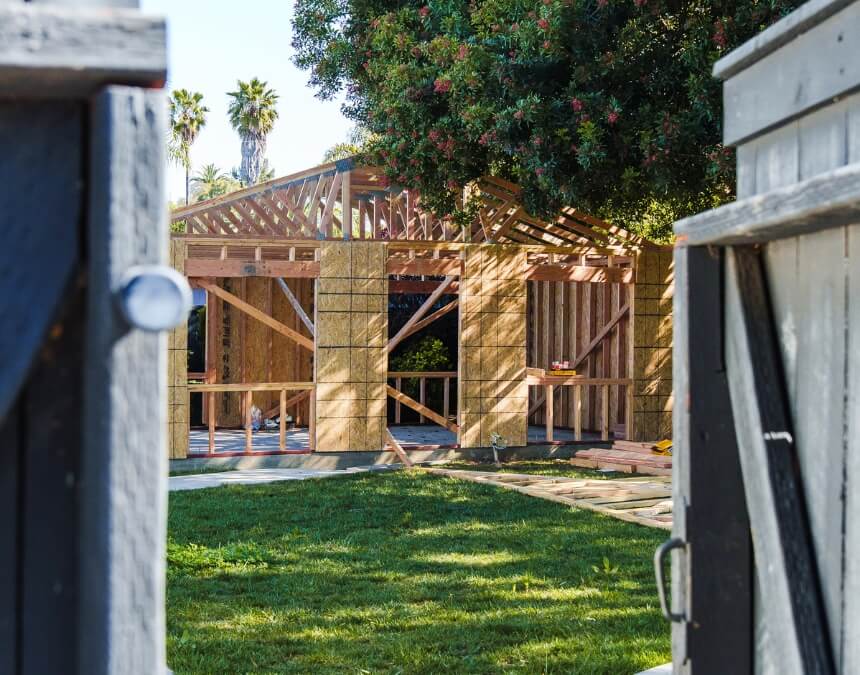
Build with adaptability in mind—open floor plans and reinforced framing offer future-proof flexibility for growing needs.
Does Adding an ADU Boost Resale Value?
Building an ADU can significantly enhance your property’s market value.
According to research by the National Association of Realtors, properties with high-quality, well-designed ADUs can increase resale values by as much as 35%.
What Are the Long-term Investment Benefits of an ADU?
Long-term investment advantages include:
- Consistent property appreciation, especially in high-demand markets like San Diego.
- Potential passive income from rentals, providing ongoing financial stability.
- Increased demand for multi-generational living spaces enhancing resale value.
San Diego Real Estate Insight: Data from Waymaker Realty Advisors indicates that homes with ADUs typically sell faster—about 26% quicker—than similar homes without them. That means selling nearly a month sooner because buyers really value that extra space.
How Do You Balance Family Housing Needs with Rental Potential?
To balance effectively:
- Clearly define family usage periods versus rental periods.
- Design ADUs with flexible floor plans suitable for both aging family members and tenants.
- Stay informed about local rental regulations and requirements in San Diego.
What Are Typical Rental Rates for ADUs in San Diego?
Current San Diego ADU rental rates average:
| ADU Type | Average Monthly Rent (San Diego, 2024) |
|---|---|
| Studio | $1,800 – $2,200 |
| 1 Bedroom | $2,200 – $2,700 |
| 2 Bedroom | $2,800 – $3,500 |
What Financing Options Work Best for Building an ADU?
When building an ADU on your own or your parents’ property, leveraging the right financing strategy is essential. Here are the most effective and popular financing methods families typically use:
- Home Equity Line of Credit (HELOC) Leverages existing home equity to fund construction. Insight: HELOCs are often ideal due to their flexibility, low rates, and the ability to draw funds incrementally as the project progresses.
- Homestyle Renovation Loan Allows homeowners to combine renovation and mortgage financing into one loan. Insight: Beneficial if extensive renovations accompany ADU construction.
- Construction Loan Short-term loans designed explicitly for construction projects, converting to traditional mortgages post-completion. Insight: Particularly effective for new standalone ADUs.
Expert Tip:
“If you’re thinking about renting out your ADU, using a HELOC can give you extra time to earn back some of your investment. HELOC draw periods usually last five to 10 years, so if construction takes just one year, you’d have about four to nine years before you have to start paying down the principal.”
— Timothy Moore, CFEI®
Important Limitation (Jumbo Loans):
If your primary home already has a jumbo loan (exceeding $1,089,300 in San Diego), traditional financing options may become more limited. Consulting a mortgage professional becomes crucial in these cases.
Is Building an ADU Financially Better Than Alternative Senior Housing?
Families considering housing options for aging parents typically find ADUs significantly more cost-effective than assisted living or senior apartments. Here’s why
| Housing Type | Avg. Monthly Cost (San Diego, 2024) |
|---|---|
| Assisted Living | $4,500 – $6,500 |
| Senior Apartment | $2,800 – $4,000 |
| ADU Financed via HELOC | $1,500 – $2,500 (mortgage & utilities) |
How Do You Finance an ADU Separately from the Main House?
Financing an ADU separately from the primary home mortgage is achievable through several strategic methods:
- Independent HELOC: Take a HELOC specifically against a portion of the property’s equity dedicated to the ADU.
- Cash-out Refinancing: Refinance the primary property to draw cash specifically earmarked for ADU construction.
- Separate Secured Loan: Secure a dedicated loan against other owned properties or assets.
Pros and Cons of Refinancing After Building the ADU:
Pros:
- Consolidates loans into one manageable monthly payment.
- Potentially lower overall interest rates due to larger loan amount.
Cons:
- Extends the duration of debt repayment.
- May increase monthly payments, affecting cash flow.
Homeowner Obligation Considerations:
Separate financing clearly delineates financial responsibilities, aiding future estate and financial planning, reducing confusion about asset ownership and liability distribution.
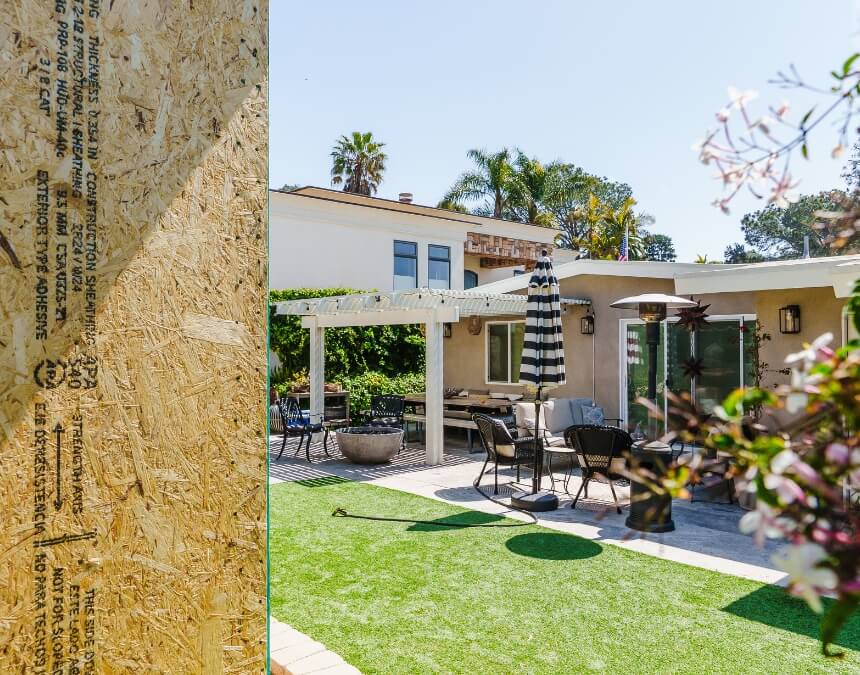
Lock in financing before framing—knowing your HELOC draw schedule helps prevent construction stalls or cash flow issues.
How Can Families Leverage Gifted or Investment Funds?
Leveraging gifted or investment funds strategically can significantly ease the financial burden of building an ADU:
Strategic Gift Funding (Optimizing Annual Gift Tax Exemptions):
- Annual Gift Exclusion: Individuals can gift up to $17,000 annually per recipient tax-free (2024 limits).
- Spousal Gift Optimization: Couples combined can gift up to $34,000 per recipient annually, substantially increasing tax-free funding.
Leveraging Investment Funds (Tax Considerations):
- Capital Gains Management: Accessing investment funds for ADU construction may trigger capital gains taxes.
- Spreading Withdrawals: By strategically timing withdrawals across tax years, families reduce overall taxable impact.
Best Practice Recommendation:
Always coordinate with your financial advisor or tax professional to create a personalized withdrawal schedule, optimizing tax efficiency and preserving investment capital.
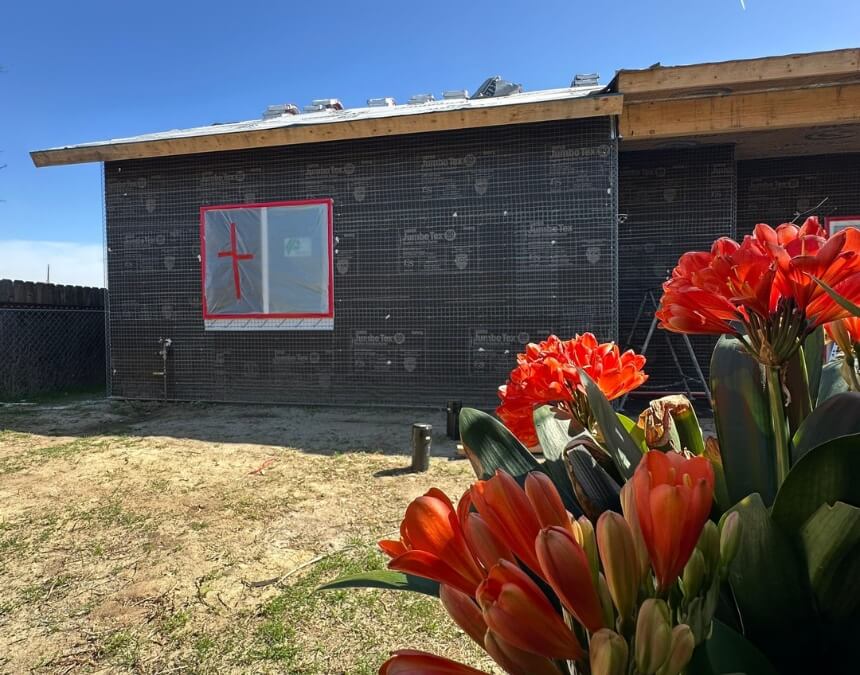
Strategically timing construction funding from gifted or investment sources can optimize tax benefits and ownership clarity.
Legal and Title Implications of Building an ADU on Family Property
What Are Split Interests and How Do They Work?
“Split interests” happen when family members formally share property ownership, clearly defining how much each person owns based on their contributions. A common way families handle this is called tenants-in-common, which legally states each person’s exact ownership percentage.
Benefits of tenants-in-common include:
- Clearly showing each family member’s financial stake.
- Making future property transfers easier.
- Preventing family disagreements about money and property rights.
Does Financing an ADU Automatically Change Ownership Percentages?
No—financing an ADU doesn’t automatically give someone partial ownership. Even if a family member contributes money to build an ADU, ownership only changes if the property title is legally updated. Simply providing funds won’t alter the title or ownership rights.
To clearly protect a family member’s investment and make ownership official, the family must:
- Legally transfer part of the property title.
- Formalize a tenants-in-common agreement through legal documentation.
Example Scenario:
In this example, the adult child’s 40% stake only counts if the family legally updates the property deed.
| Family Member | Contribution Amount | Ownership Percentage |
|---|---|---|
| Parent A | Original Property | 60% |
| Adult Child B | $200,000 (ADU Cost) | 40% |
Important Considerations Before Changing Ownership
- Legal Action is Required: Property deeds must officially reflect the change. Always consult an estate attorney to protect everyone’s rights.
- Future Property Decisions: Anyone added to the property title must approve future sales, refinancing, or major property decisions.
Bottom Line: Contributing financially to an ADU can earn a family member a formal share of property ownership—but only if the title is legally updated. Without these legal steps, ownership remains unchanged, regardless of the financial contributions made.
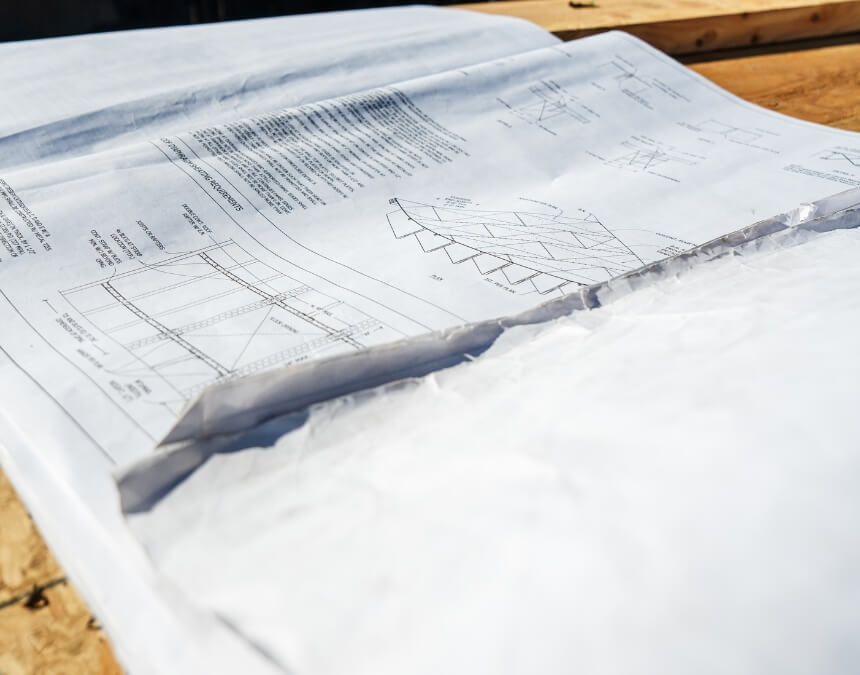
Clarify ownership early. Formalizing shared financial contributions through legal documentation prevents future title disputes.
What Estate Planning Strategies Should Families Use When Building an ADU?
Establishing clear estate planning strategies when building an ADU helps protect family assets, clarifies ownership, and mitigates legal complications. Key strategies include:
- Family Trusts: Establishing a trust allows clear management of property ownership percentages and simplifies inheritance processes.
- Shared Ownership Agreements: Written agreements clearly document financial contributions, ownership percentages, and responsibilities for maintenance and taxes.
Medicaid Planning and the Risk of Gift Implications:
Families must be cautious when parents fund or partially fund an ADU, as Medicaid may interpret this investment as a financial gift, triggering penalties or look-back periods. Consulting an elder law attorney is crucial to avoid unintended consequences affecting Medicaid eligibility.
Protecting Property Against Claims from Divorces and In-Laws:
Including an ADU in shared family property can complicate ownership, particularly in cases of divorce or family disagreements. Strategies to protect family investments include:
- Prenuptial or postnuptial agreements clearly excluding the ADU property from marital assets.
- Explicit terms in trusts or ownership agreements that limit claims by in-laws or estranged family members.
Designing the ADU for Accessibility and Functionality
Designing your ADU with accessibility and functionality in mind is key to making sure aging family members feel comfortable and safe. Simple features like ramps, wider doorways, and smart interior layouts can prevent accidents and make daily life easier. Choosing practical furniture and built-in safety systems will help your loved ones enjoy their space independently and securely for years to come.
What ADU Accessibility Features Best Support Aging Parents?
When designing an ADU specifically to accommodate aging parents, accessibility and independence are crucial. Leveraging certain key accessibility features ensures safety and enhances quality of life:
- Ramps and Step-Free Entrances: Provide easy and safe access, preventing falls and supporting mobility aids.
- Wider Doorways (Minimum 36 inches): Facilitate wheelchair or walker navigation comfortably.
- Raised Toilets and Bathroom Safety Rails: Allow easier transfers and greater bathroom safety.
Single-story ADUs are generally best for seniors, eliminating risks associated with stairs and facilitating seamless daily living.
How Can Families Customize ADU Designs for Specific Mobility Needs?
Customizing an ADU’s design to your aging parent’s unique mobility and lifestyle needs ensures long-term usability:
- Adjustable Kitchen Counter Heights: Accommodate seated cooking or wheelchair users.
- Non-slip Flooring: Essential throughout the unit, especially in kitchens and bathrooms.
- Personalized Storage Heights: Ensure cabinets and shelving are easily reachable without bending or climbing.
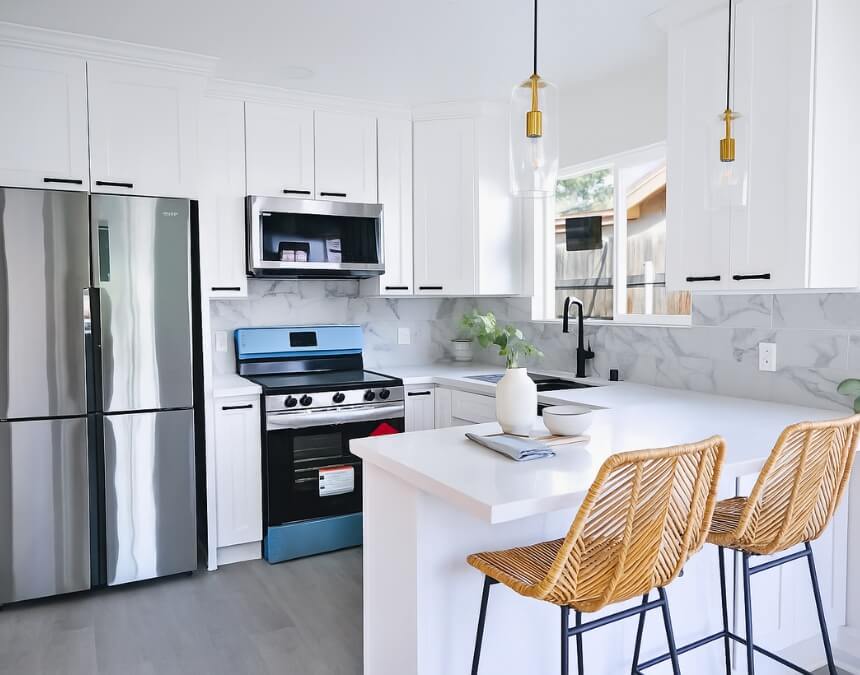
Design for independence. Open sightlines and wide doorways improve mobility and safety for aging parents aging in place.
Which Interior Design Elements Enhance Practicality and Comfort?
Interior features that optimize practicality and comfort while supporting aging-in-place include:
- Open Floor Plans: Provide ample room for movement and visual oversight, enhancing interaction between family members.
- Lever-style Door Handles and Faucets: Easier for seniors with arthritis or limited grip strength.
- Curb-free, Walk-in Showers: Eliminate tripping hazards, allowing safe and independent bathing.
Future-Proofing Design Elements for Longevity:
- Install reinforced walls to support future grab bars and railings.
- Ensure flexible spaces that can adapt to evolving health needs (e.g., bedroom conversion to care room if needed).
Emotional Benefits of a Well-designed ADU:
- Reduces isolation, enhancing emotional health and overall happiness.
- Encourages stronger intergenerational relationships and consistent family interactions.
What Essential Furniture and Appliances Should Families Include in an ADU?
Furnishing the ADU with senior-friendly essentials significantly boosts usability, safety, and independence. Optimal choices include:
- Adjustable or Electric Recliner Chairs: Offer ergonomic comfort and easy positioning.
- Adjustable-height Beds: Facilitate easy transfers, minimizing physical strain.
- Accessible Appliances: Side-opening ovens, easy-to-open refrigerators, front-load washers/dryers, and microwaves at accessible heights.
Safety and Emergency Equipment for ADUs:
Incorporate key safety systems specifically tailored to aging adults:
- Medical Alert Systems: Provide immediate access to emergency assistance at the push of a button.
- Motion-activated Lighting: Reduces risk of falls at night by automatically illuminating pathways.
- Non-slip Flooring: Crucial throughout living areas and especially bathrooms and kitchens.
Customization and Personalization for Family ADUs
Personalizing your ADU helps it fit your family’s exact needs—today and years from now. Smart customizations like adjustable counters, flexible rooms, and privacy-conscious layouts make the space comfortable for aging parents and convenient for family interactions. Adding universal design features from the start ensures your ADU stays practical, adaptable, and safe as life changes.
How Can Families Tailor an ADU to Best Meet Their Specific Needs?
Customizing your ADU design specifically for your family’s unique needs is key to maximizing long-term comfort and practicality. Thoughtful personalization helps families accommodate both aging parents’ requirements and household dynamics, ensuring everyone benefits from the living arrangement.
Key custom design considerations:
- Personalized Accessibility Features: Tailor the ADU to match specific mobility or health needs of aging parents—such as adjustable countertops, wheelchair-friendly spaces, and strategically placed safety rails.
- Private Yet Connected Spaces: Design layouts with clear separation between the main home and ADU, providing privacy for parents while keeping them close enough for convenient interaction and support.
- Flexible Layouts: Incorporate multi-purpose rooms or convertible spaces, allowing families to adapt easily as parents’ health or living situations change over time.
What Features Should Families Include to Future-Proof an ADU?
Future-proofing an ADU from the outset ensures it remains functional, safe, and adaptable as family needs evolve. Leveraging universal design principles maximizes flexibility, longevity, and usability for everyone—from young children to aging grandparents.
Essential features to future-proof your ADU include:
- Open Floor Plans: Provide maximum flexibility and ease of movement, allowing easy adjustments if health needs change.
- Reinforced Walls in Key Areas: Enable easy future installation of grab bars, railings, and assistive equipment without major renovations.
- Universal Height Controls: Place switches, outlets, and thermostats at easily accessible heights for individuals of all ages and mobility levels.
- Step-Free Entrances and Thresholds: Eliminate tripping hazards, accommodating walkers, wheelchairs, and strollers seamlessly.
- Adjustable Storage Solutions: Incorporate customizable cabinets and closets that adapt as needs shift over time.
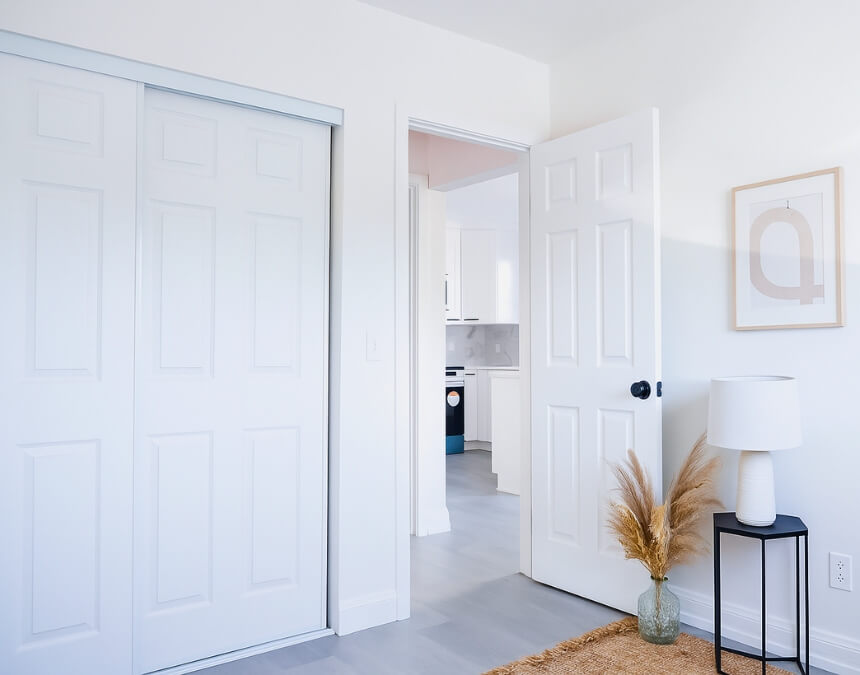
Custom touches like low-profile appliances and intuitive layouts make daily living easier and add long-term value.
Ongoing Management and Safety Considerations for Family ADUs
What Essential Safety Features Best Protect Families Living in an ADU?
Ensuring safety within an ADU built for aging parents or family members should be a top priority. Strategically integrating certain safety features not only prevents injuries but also greatly enhances peace of mind.
Key Safety Features to Include:
- Accessibility Ramps: Provide smooth, safe access for mobility-impaired family members, reducing fall risks.
- Grab Bars and Handrails: Essential in bathrooms and other high-risk areas to provide stability and prevent falls.
- Security Systems and Motion Lighting: Increase safety with alarm systems, video doorbells, and automatic lighting for night visibility.
- Non-slip Flooring and Surfaces: Critical for preventing slips, especially in wet areas like kitchens and bathrooms.
Regular Safety and Accessibility Audits:
Conducting semi-annual home safety checks ensures your ADU remains safe over time. Regular audits help identify new hazards or changes in your family’s needs, allowing proactive modifications.
How Can Families Simplify the Ongoing Management of an ADU?
One significant benefit of building an ADU for aging parents, compared to separate senior living arrangements, is simplified ongoing property management. Effective management approaches help ensure ease of living for both households.
Why ADUs Simplify Management Compared to Separate Senior Housing:
- Close Proximity: Easier coordination of daily support, home maintenance, and emergency assistance.
- Reduced Costs and Complexity: Shared utility connections, simplified billing, and consolidated maintenance.
- Personalized Oversight: Families can directly manage care, services, and modifications rather than relying on external providers.
Clarifying Roles and Financial Responsibilities:
Clearly defining each family member’s roles and financial obligations is essential to avoid confusion and maintain harmony.
- Establish upfront agreements on utility payments, maintenance tasks, and unexpected expenses.
- Document roles clearly to manage expectations and responsibilities transparently.
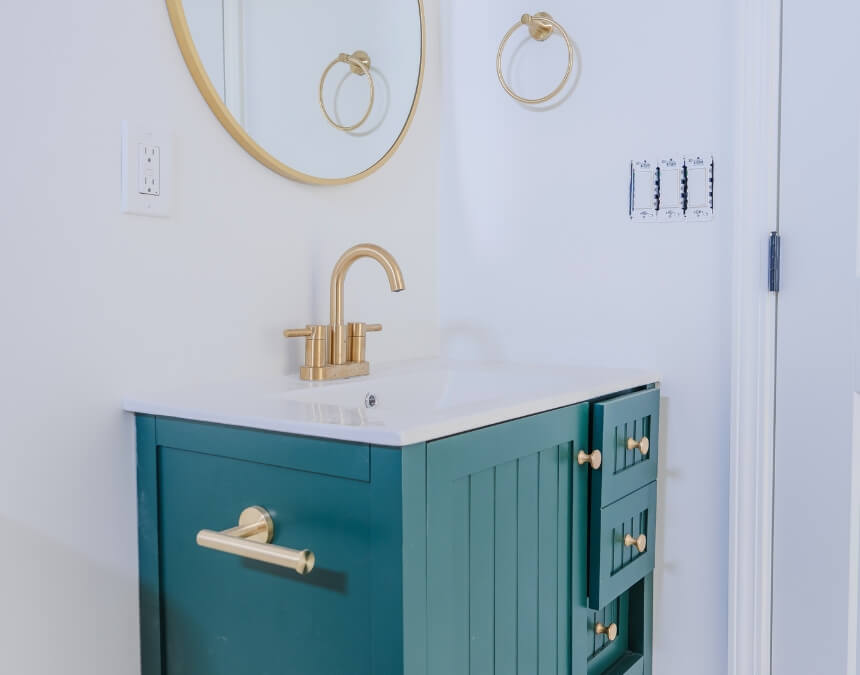
Designing for dignity starts in the details—choose features that blend accessibility with aesthetics for lasting functionality.
FAQs
Yes—but only as an Accessory Dwelling Unit (ADU) or Junior ADU (JADU). With California’s ADU-friendly laws, you can add a self-contained living unit on a parent’s property, as long as it meets state and local ADU rules. You can’t build a full second house unless you also subdivide the lot and follow additional regulations under laws like SB 9.
You can build a guest house, but it’s not the same as an ADU. Guest houses are typically for temporary stays and often don’t include kitchens or separate utility meters—they can’t be rented out like ADUs. If you want long-term independent living and rental potential, an ADU is a better option.
In San Diego County, a detached ADU or JADU must be at least 4 feet from the side and rear property lines—unless it’s under 16 feet tall, in which case it can sometimes touch the line. If you’re on a corner lot, the exterior side yard also needs a 4-foot setback
Yes, you can finance an ADU on your parents’ property using various options, including a Home Equity Line of Credit (HELOC) if there’s enough equity available. Other common methods include construction or renovation loans, which are specifically tailored for new building projects, or a cash-out refinance that incorporates ADU expenses into the existing mortgage. It’s also possible for the child to obtain a HELOC or separate loan in their own name, provided they’re listed on the property title to align legally with ownership requirements.
Setting up a home for an elderly parent involves carefully planning for aging in place, focusing on elderly care, safety, and accessibility. You’ll need to include accessible bathrooms, install wheelchair ramps, and organize clear maintenance arrangements to keep the home safe and comfortable. Before you start renovations, it’s important to review local zoning laws and building codes, and consult reliable Senior Living Care Information to ensure the home meets your parent’s specific needs.
Building an ADU for Family
Constructing an Accessory Dwelling Unit (ADU) on your or your parents’ property offers substantial long-term benefits for your family’s housing, financial security, and quality of life. An ADU provides aging parents with independence and security, strengthens family connections through proximity, and significantly enhances property value and investment potential.
To maximize these benefits, prioritize strategic financing methods like HELOCs or carefully structured gifted funds, engage professional architects and contractors, and design thoughtfully for safety, accessibility, and long-term adaptability. Clearly defined legal structures and transparent estate planning further ensure peace of mind and harmonious family relationships.
By following these guidelines and expert insights, families can confidently leverage an ADU as a practical, economical, and emotionally rewarding housing solution—ensuring comfort, security, and lasting value for generations to come.
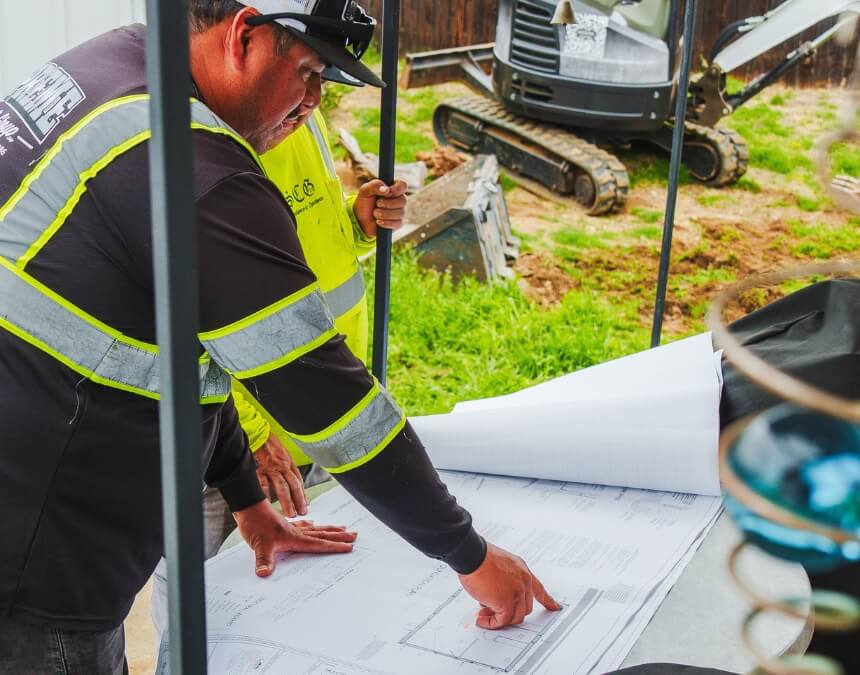
Start with a comprehensive feasibility study. Reviewing site conditions early ensures fewer delays and better project alignment with family needs.

